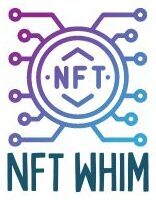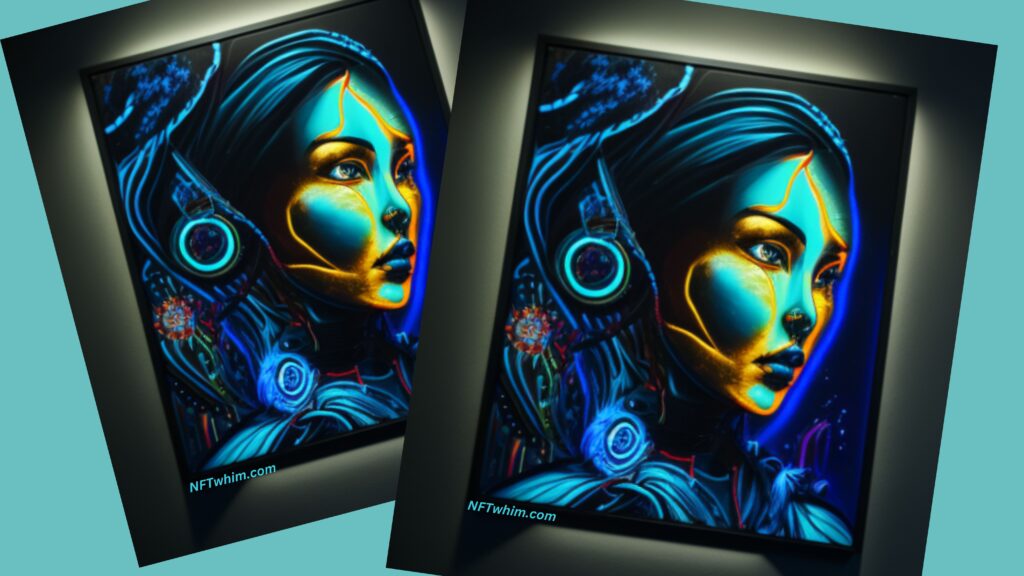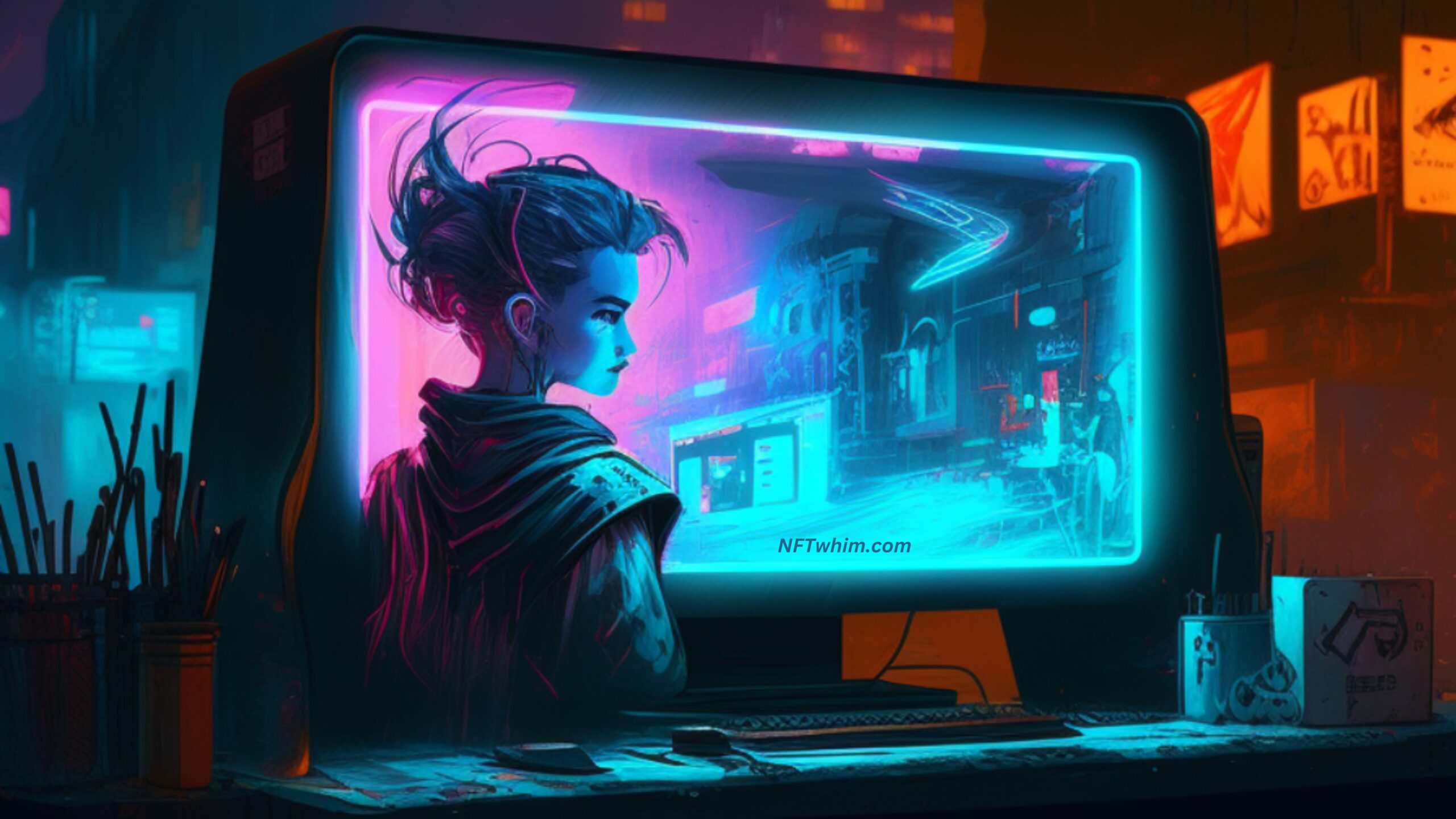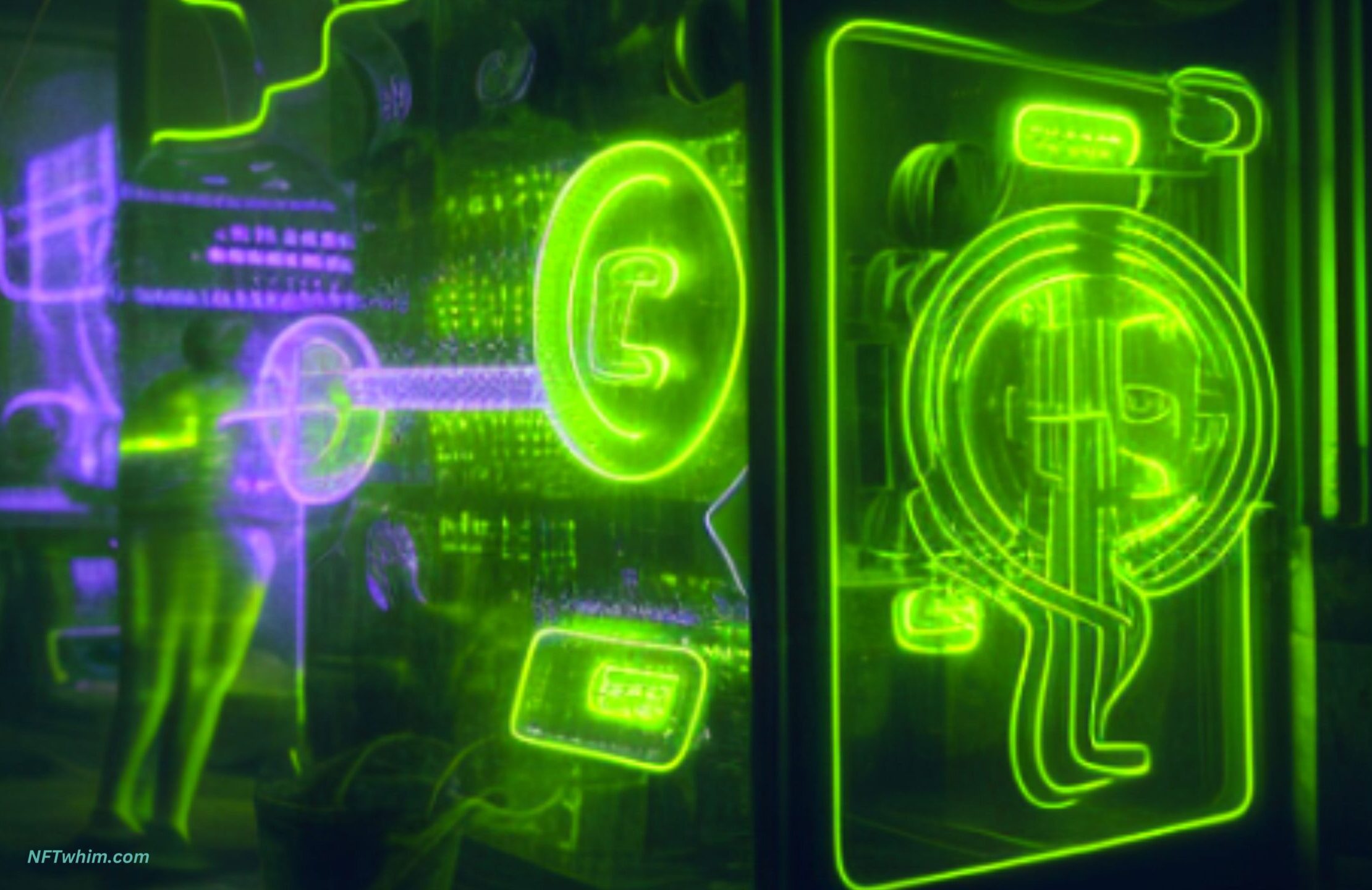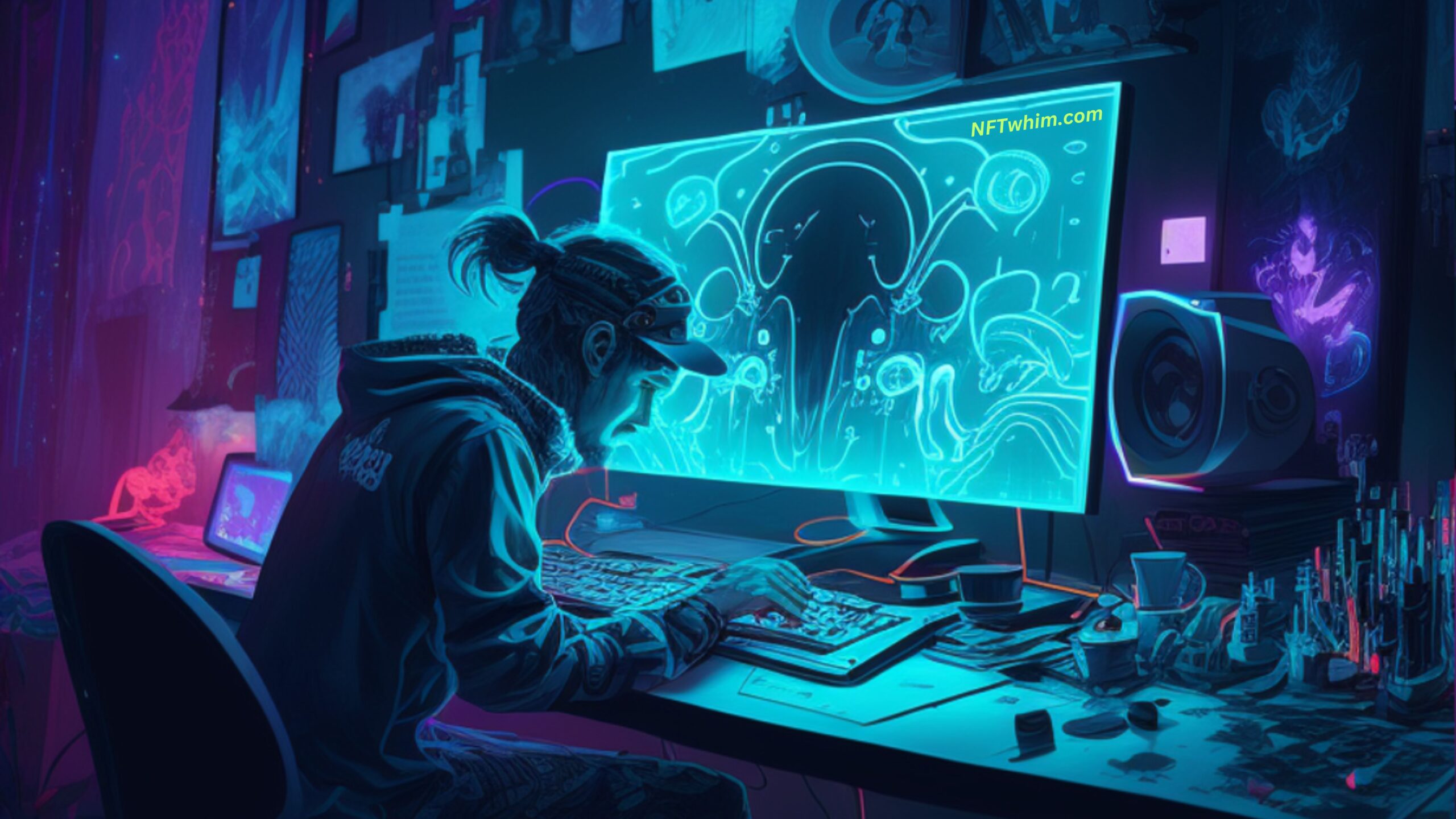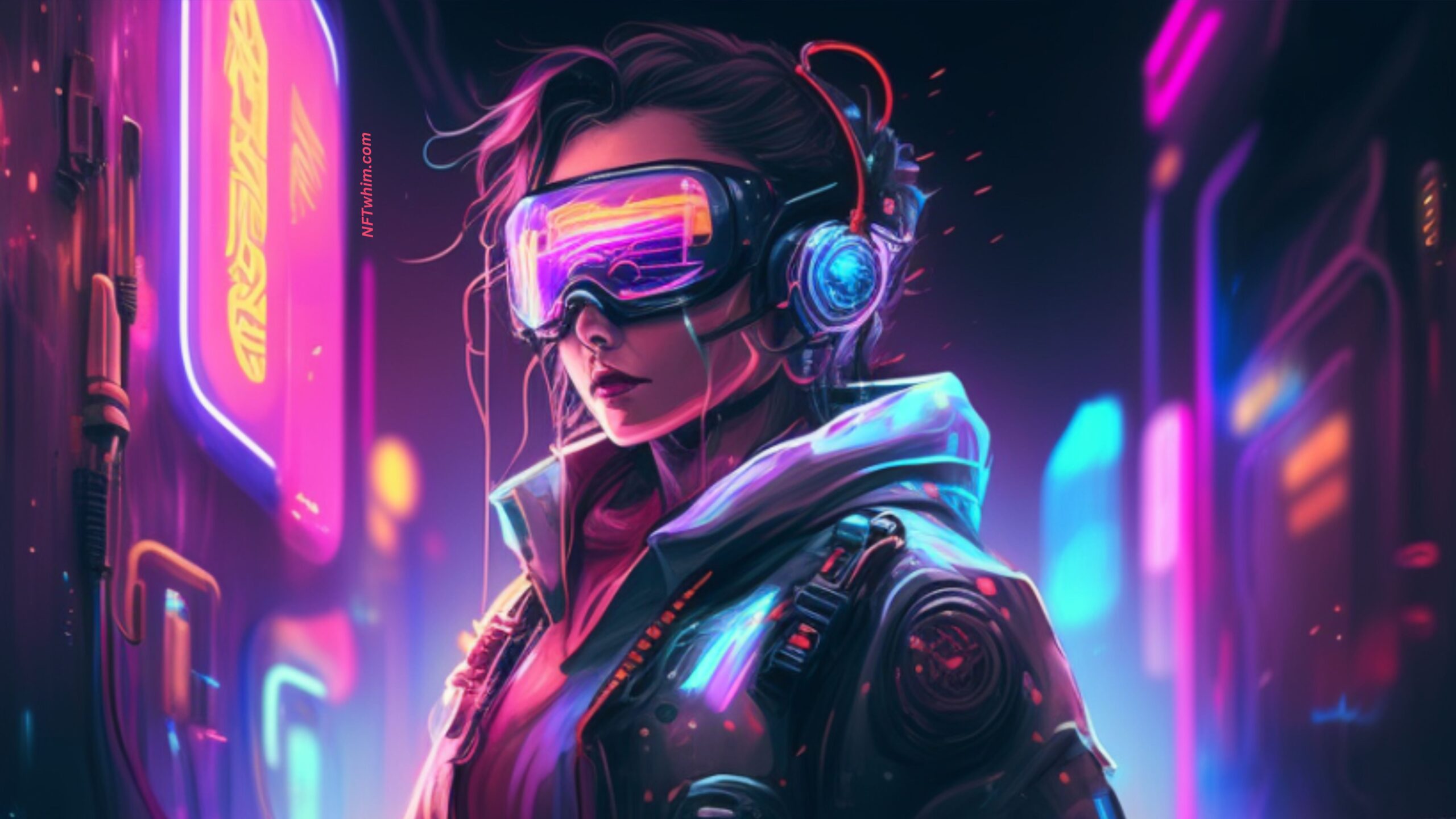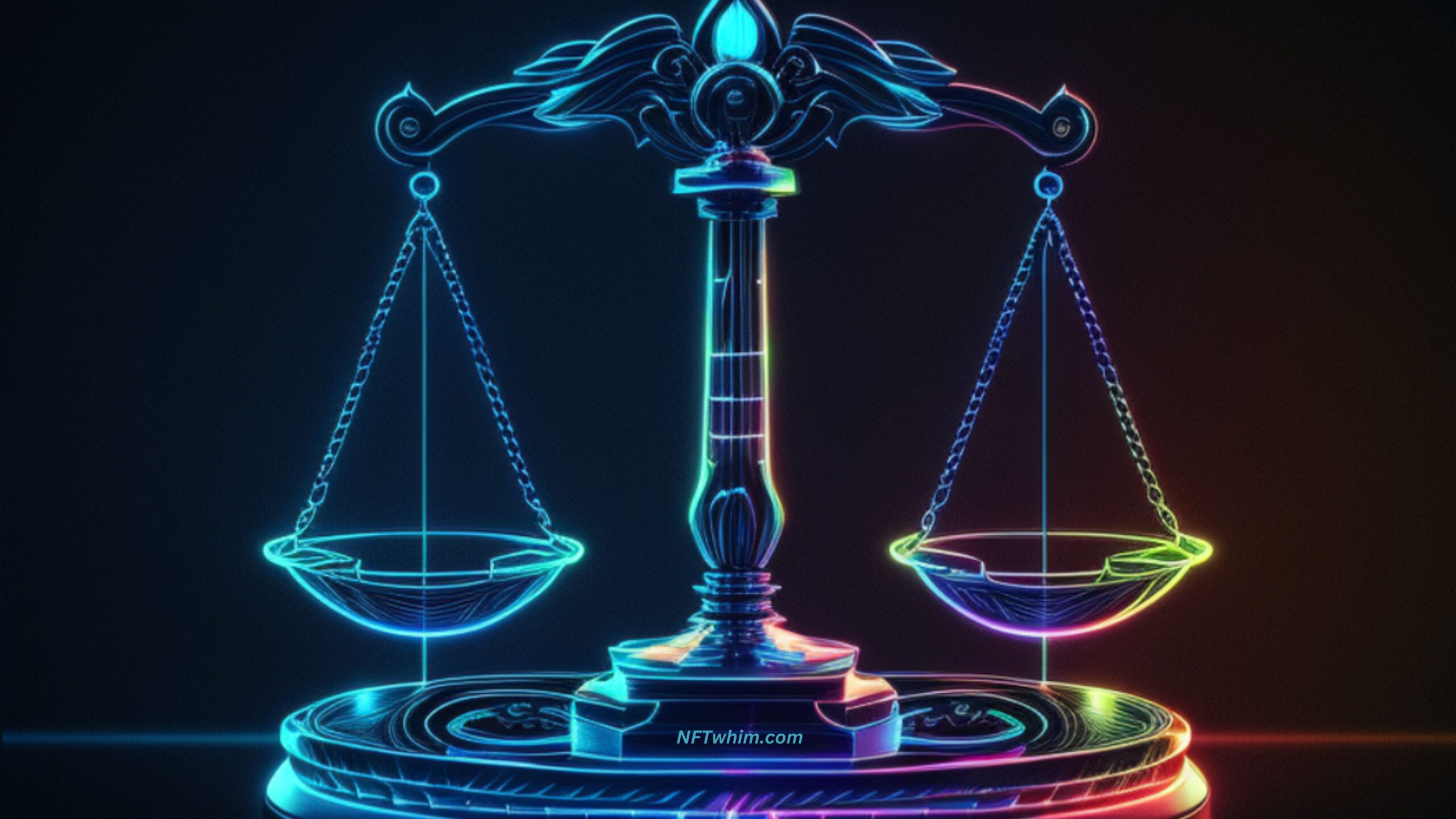NFTs, or non-fungible tokens, have gained huge traction lately. From digital art to music and sports collectibles, NFTs have become a popular way for creators to monetize their work and for buyers to own a unique piece of digital content. However, with this new technology comes new questions about ownership and rights. In this blog post, we’ll explore the question of whether an NFT-creator can make an image-copy and sell again.
Whether an NFT-creator can make an image-copy and sell again depends on whether the creator retains ownership of the underlying image file or transfers ownership to the NFT buyer. If the creator retains ownership of the image file, they may be able to make copies of the image and sell them separately from the NFT. However, if the terms of the smart contract include provisions for the creator to transfer ownership of the image file to the NFT buyer, the creator would not be able to make copies and sell them again without the buyer’s permission.
Ok, having dropped this spoiler, let us now explore the question of whether an NFT-artist can make a copy of their image and sell it again in more detail. To do this, we will discuss the following points:

NFTs and Ownership Rights
First, let’s take a step back and review what we mean by ownership and rights when it comes to NFTs. At its core, an NFT is a digital asset that is stored on a blockchain. Each NFT is unique and has a specific owner, who can transfer ownership to another party through the blockchain. Ownership of an NFT also comes with certain rights, such as the ability to display the NFT, sell it, or even license it to others.
The ownership and rights associated with an NFT are determined by the terms of the smart contract that governs the sale and transfer of the NFT. When a creator decides to sell an NFT, they create a smart contract that outlines the terms of the sale. This smart contract includes information about the NFT, such as its unique identifier, metadata, and any associated licenses or agreements. It also includes details about the ownership and rights associated with the NFT, such as who can display it, sell it, or use it in other ways.
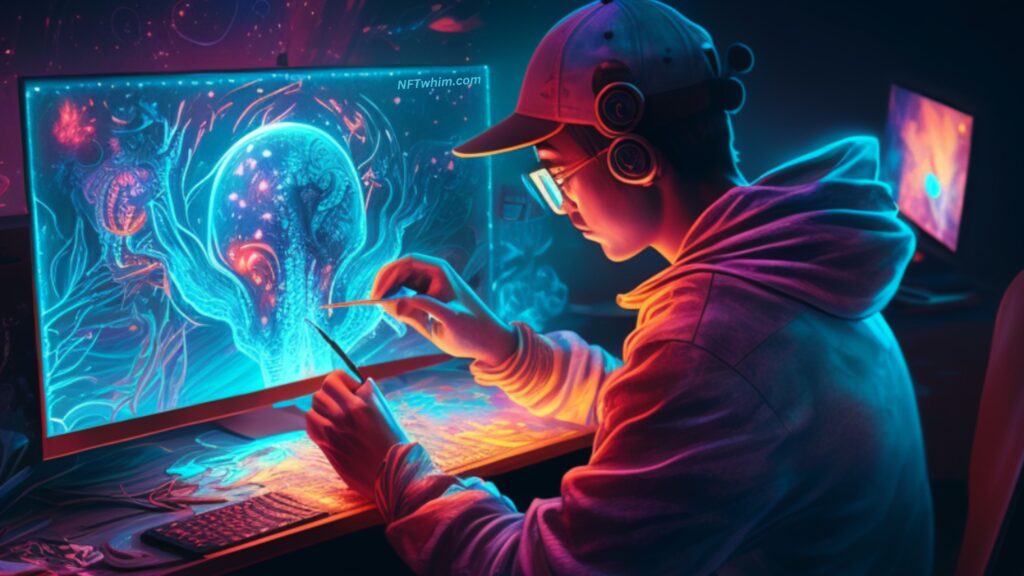
When Can an NFT-Artist Make an Image-Copy and Sell Again?
So, can an NFT-creator make an image-copy and sell it again? The answer depends on whether the creator retains ownership of the underlying image file or transfers ownership to the NFT buyer.
If the creator retains ownership of the image file, they may be able to make copies of the image and sell them separately from the NFT. This means that a buyer of the NFT would not necessarily have exclusive rights to the image itself, but only to the unique NFT that represents ownership of the image. In this case, the creator could sell multiple copies of the image and potentially make more money from it.
However, if the terms of the smart contract include provisions for the creator to transfer ownership of the image file to the NFT buyer, the creator would not be able to make copies and sell them again without the buyer’s permission. This is because the buyer would now have exclusive ownership and rights to the image itself, not just the NFT that represents ownership of it.
It’s important to carefully review the terms of the smart contract and any associated licenses or agreements to understand the rights and restrictions associated with an NFT purchase. For example, some NFTs may come with restrictions on how they can be used or displayed. Buyers should be aware of these restrictions before making a purchase, to ensure that they are getting what they expect.
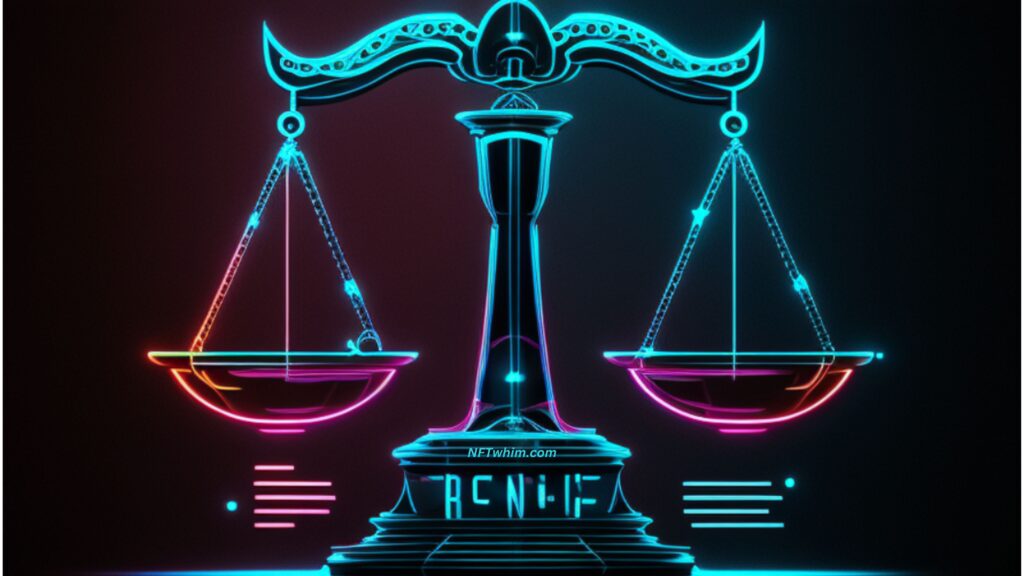
2 Scenarios with Different Implications
Let’s take a closer look 2 scenarios to understand the implications for buyers and creators:
Scenario 1: Creator Retains Ownership of the Image File
When a creator sells an NFT but retains ownership of the underlying image file, they are essentially selling a unique token that represents ownership of the image. The creator can then make copies of the image and sell them separately from the NFT. This means that a buyer of the NFT would not necessarily have exclusive rights to the image itself, but only to the unique NFT that represents ownership of the image.
For example, let’s say that a digital artist creates a unique piece of art and decides to sell it as an NFT. The smart contract for the NFT specifies that the artist retains ownership of the underlying image file. A buyer purchases the NFT for a significant amount of money, believing that they now own the unique piece of art. However, the artist can still make copies of the image and sell them separately from the NFT, potentially devaluing the buyer’s purchase.
This scenario can be problematic for buyers who may believe that they are getting exclusive ownership of the image itself when they purchase an NFT. In reality, they may only be getting ownership of a unique token that represents ownership of the image. Buyers should carefully review the terms of the smart contract to understand what they are actually getting when they purchase an NFT.
It’s worth noting that some NFT marketplaces, such as OpenSea, allow creators to offer “unlockable content” with their NFTs. This means that a buyer who purchases an NFT can also receive access to additional content, such as high-resolution versions of the image, exclusive audio or video files, or other perks. This can help to mitigate some of the issues associated with a creator retaining ownership of the image file, as buyers can still receive additional value from their purchase beyond just the NFT itself.

Scenario 2: Creator Transfers Ownership of the Image File
When the terms of the smart contract include provisions for the creator to transfer ownership of the image file to the NFT buyer, the creator would not be able to make copies and sell them again without the buyer’s permission. This is because the buyer would now have exclusive ownership and rights to the image itself, not just the NFT that represents ownership of it.
For example, let’s say that a musician creates a unique song and decides to sell it as an NFT. The smart contract for the NFT specifies that the musician will transfer ownership of the underlying audio file to the buyer. A fan purchases the NFT and now has exclusive ownership and rights to the song itself. The musician would not be able to make copies of the song and sell them again without the buyer’s permission.
This scenario provides more clarity and exclusivity for NFT buyers, as they can be confident that they have exclusive ownership of the underlying content. However, it also places more restrictions on creators, as they would not be able to use the content for other purposes without the buyer’s permission.
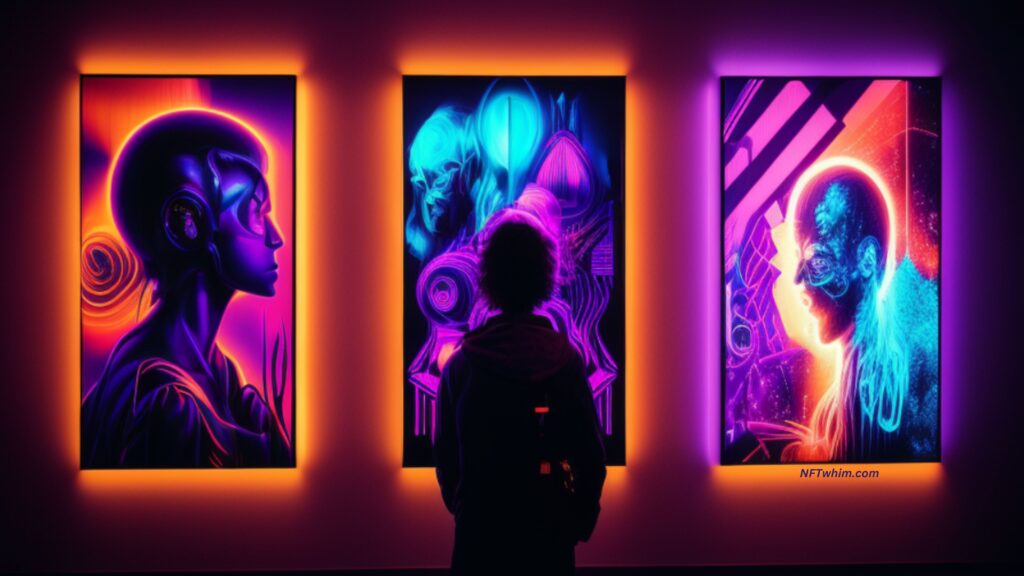
Real-World Examples
There have been several real-world examples of NFT sales that have raised questions about ownership and rights. One notable example is the sale of the “Disaster Girl” meme as an NFT. The meme, which features a young girl smiling while a house burns in the background, was sold as an NFT for nearly $500,000 (or 180 ETH). However, the creator of the meme retains ownership of the underlying image file and can still sell copies of the meme without the buyer’s permission. This has raised questions about whether the buyer truly owns the exclusive rights to the meme, or if they simply own a unique token that represents ownership of it.
Another example is the sale of a LeBron James NFT on NBA Top Shot, a marketplace for basketball-related NFTs. The NFT, which featured a video clip of James performing a dunk, sold for over $200,000. However, the buyer of the NFT does not own the exclusive rights to the underlying video clip, as the NBA still retains ownership of the content. This has led to criticism from some buyers who believe that they are not getting exclusive ownership of the content they are purchasing.
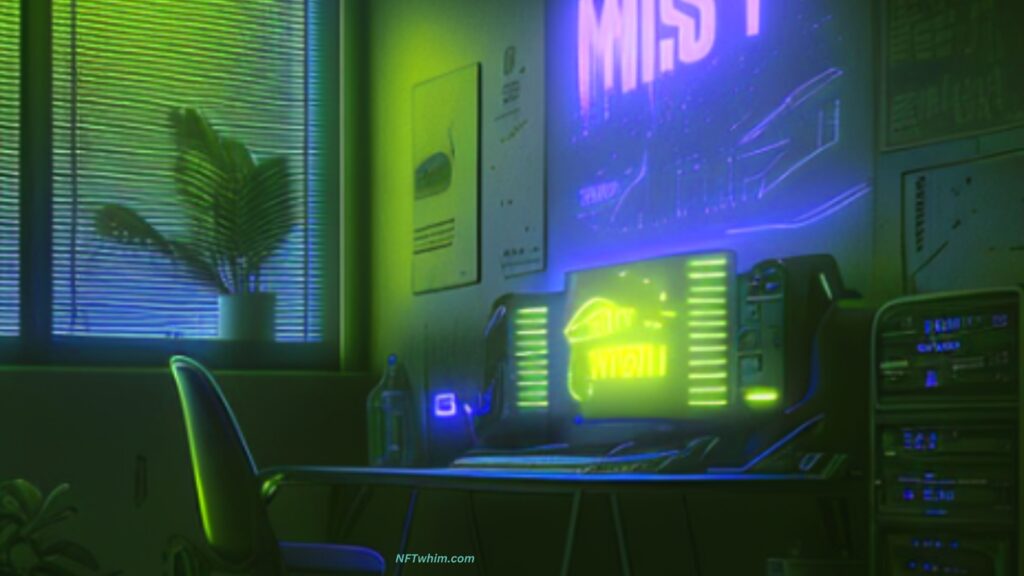
Conclusion
The question of whether an NFT-creator can make an image-copy and sell again is a complex one that depends on the terms of the smart contract governing the sale and transfer of the NFT. If the creator retains ownership of the underlying image file, they may be able to make copies of the image and sell them separately from the NFT. So, always make sure you are aware of the terms of the smart contract before a transaction, whether you’re an NFT-artist making a sale, or whether you’re a buyer!
Robin
Author: Robin Olsson
Author Bio: I’m Robin and on this website, I share everything I’ve learned since getting into NFTs in 2021. I have a background in research and I’ve been in crypto for several years. You can read more about me here.
